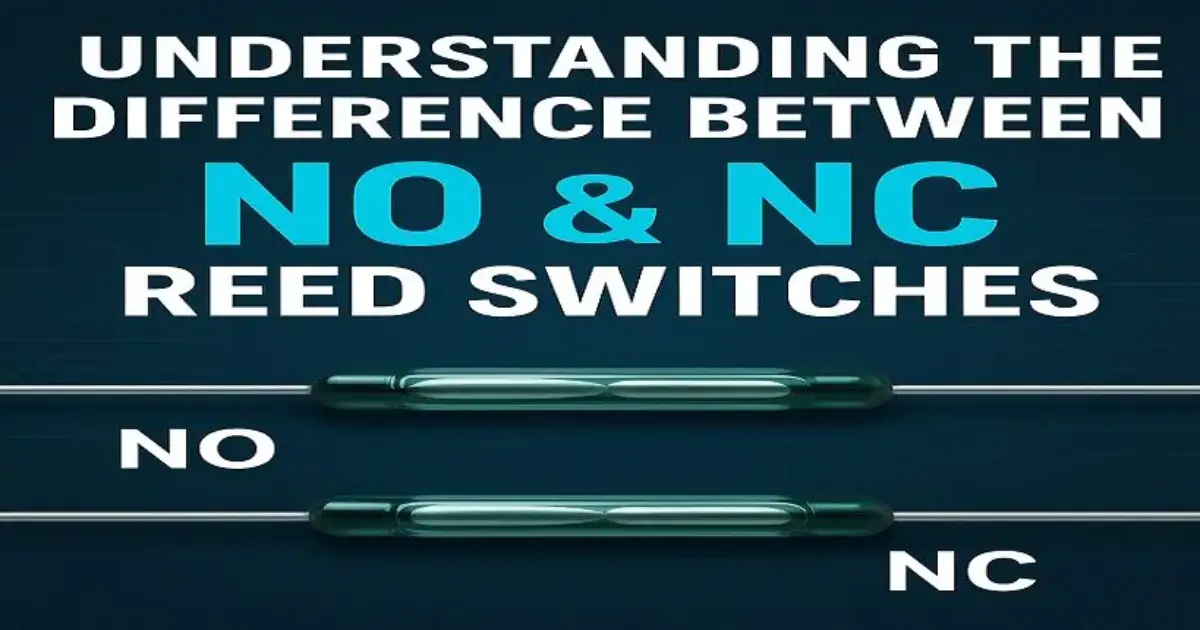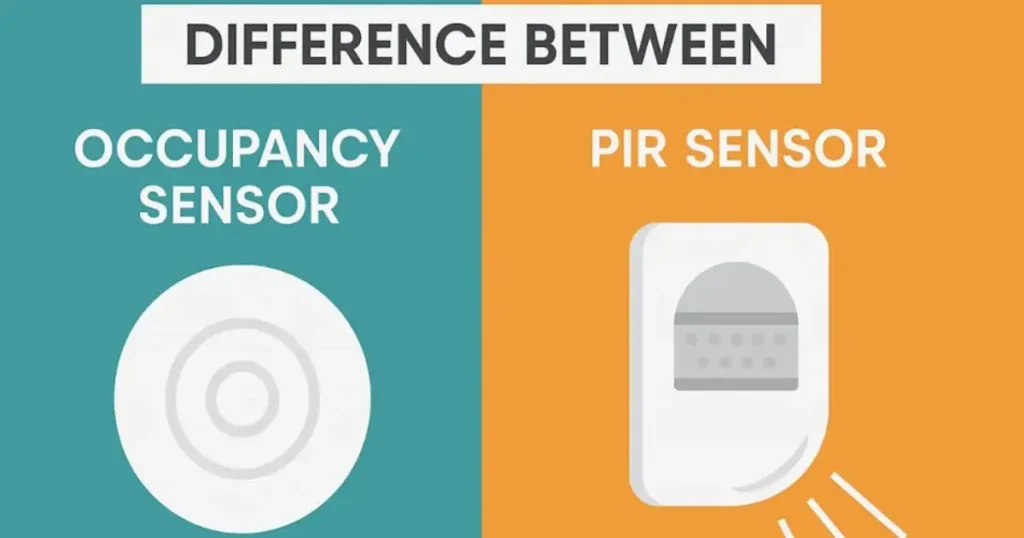Understanding the Difference Between NO and NC Reed Switches
Reed switches are magnetically operated electrical switches widely used in various applications, from security systems to industrial automation. They consist of two ferromagnetic reeds sealed in a glass tube, which open or close in the presence of a magnetic field. Reed switches come in two primary configurations: Normally Open (NO) and Normally Closed (NC). This article explores the key differences between these two types, their working principles, and their applications, with insights inspired by resources like those from innovative companies such as 1 LEAP Technologies.
What Is a Reed Switch?
A reed switch is a simple electromechanical device that operates using a magnetic field. When a magnet approaches the switch, the reeds inside either come together or move apart, depending on the switch’s configuration. This action either completes or breaks an electrical circuit, making reed switches ideal for applications requiring reliable, non-contact switching.
Normally Open (NO) Reed Switch
Definition
A Normally Open (NO) reed switch is one where the circuit is open (not conducting) in its default state, meaning the reeds are not in contact when no magnetic field is present. When a magnet is brought near the switch, the magnetic field causes the reeds to attract and close the circuit, allowing current to flow.
How It Works
- Default State: The reeds are separated, and the circuit is open (no current flows).
- Activated State: When a magnetic field is applied, the reeds move together, closing the circuit and allowing current to flow.
- Behavior: The switch only conducts electricity when a magnet is present.
Applications
- Door/Window Sensors: In security systems, NO reed switches are used to detect when a door or window is opened. The magnet is typically placed on the moving part (e.g., the door), and the switch is on the frame. When the door is closed, the magnet keeps the circuit closed; when opened, the circuit breaks, triggering an alarm.
- Proximity Sensors: Used in devices that need to detect the presence of an object, such as in industrial automation or robotics.
- Battery-Powered Devices: NO switches are preferred in low-power applications since they consume no power in their default (open) state.
Advantages
- Energy-efficient in the default state (no current flow).
- Simple design for applications requiring activation only in the presence of a magnet.
- Reliable for detecting the presence of a magnetic field.
Limitations
- Requires a magnet to be present to close the circuit, limiting its use in applications needing a default “on” state.
- May not be suitable for fail-safe systems where a continuous circuit is needed.
Normally Open (NO) Reed Switch
Definition
A Normally Closed (NC) reed switch is one where the circuit is closed (conducting) in its default state, meaning the reeds are in contact when no magnetic field is present. When a magnet is brought near the switch, the magnetic field causes the reeds to separate, opening the circuit and stopping current flow.
How It Works
- Default State: The reeds are in contact, and the circuit is closed (current flows).
- Activated State: When a magnetic field is applied, the reeds move apart, opening the circuit and stopping current flow.
- Behavior: The switch conducts electricity until a magnet is present.
Applications
- Fail-Safe Systems: NC reed switches are used in applications where a continuous circuit is needed, such as in safety interlocks or emergency stop systems. If the magnet is removed (e.g., due to a fault), the circuit opens, triggering an alert.
- Tamper Detection: In security systems, NC switches can detect tampering, as moving a magnet away from the switch opens the circuit.
- Medical Devices: Used in equipment requiring a default “on” state, such as in monitoring systems.
Advantages
- Ideal for applications requiring a default “on” state.
- Useful in fail-safe designs where circuit interruption signals an event.
- Reliable for detecting the absence of a magnetic field.
Limitations
- Consumes power in the default state, which may not be ideal for battery-powered devices.
- Less common than NO switches, potentially increasing cost or availability issues.
Key Differences Between NO and NC Reed Switches
|
Feature |
Normally Open (NO) |
Normally Closed (NC) |
|---|---|---|
|
Default State |
Open (no current flow) |
Closed (current flows) |
|
Magnetic Field Effect |
Closes the circuit |
Opens the circuit |
|
Power Consumption |
No power in default state |
Consumes power in default state |
|
Common Applications |
Door sensors, proximity detection |
Fail-safe systems, tamper detection |
|
Fail-Safe Suitability |
Less suitable |
Highly suitable |
Choosing Between NO and NC Reed Switches
When selecting between NO and NC reed switches, consider the following factors:
Application Requirements:
- If the system needs to detect the presence of an object or magnet (e.g., door open/closed), an NO switch is typically better.
- If the system requires a default “on” state or needs to detect the absence of a magnet (e.g., tamper detection), an NC switch is more appropriate.
Power Constraints:
- For battery-powered devices, NO switches are preferred as they consume no power in their default state.
- NC switches may be less efficient in low-power applications due to constant current flow.
Safety Considerations:
- NC switches are often used in fail-safe systems where an open circuit signals a fault or emergency.
- NO switches are better for non-critical applications where activation is event-driven.
Availability and Cost:
- NO reed switches are more common and may be more cost-effective and easier to source.
- NC switches are less common, which could affect availability or price.
Conclusion
Both NO and NC reed switches serve critical roles in various applications, but their differences in default state and behavior make them suited for distinct purposes. NO reed switches are ideal for energy-efficient, event-driven systems, while NC reed switches excel in fail-safe and continuous-circuit applications. By understanding the operational requirements, power constraints, and safety needs of your project, you can choose the right reed switch configuration to ensure optimal performance and reliability, as highlighted by innovative solutions from companies like 1 LEAP Technologies.


